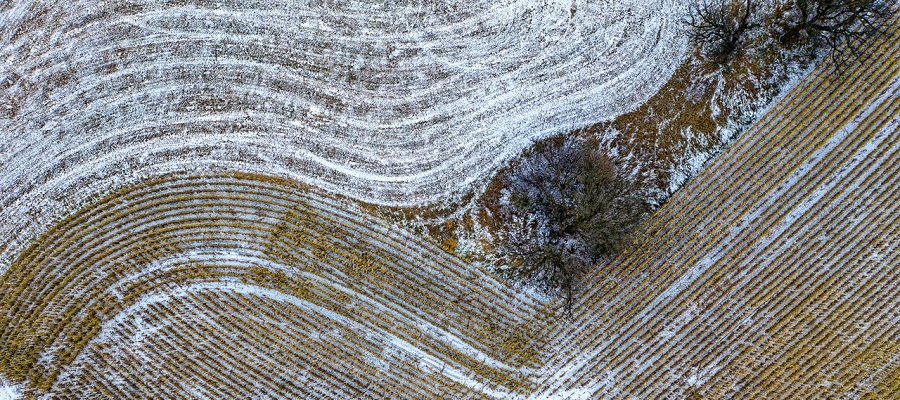While many crops will not grow in the lowest temperatures of winter, many veggies will endure and even thrive in the lower temperatures of fall, which you harvest in winter.
The biggest constraint at this time of year is sunlight. While temperature is an issue, you may mitigate it by utilizing greenhouses, cold frames, cloches, and row covers.
If you can get these vegetables to a fair size before the first frost, you'll be able to harvest in winter. Some types can also be overwintered for a late winter or early spring crop.
Kale
No self-respecting winter garden would be complete without a variety of hardy kale. In fact, the flavor of kale enhances when the temperature decreases in late October. Kale is grown in two varieties: as a mature crop for soups, sautés, and chips, and as a baby green for soft winter salads. 'Winterbor' is a lovely and tasty kale that grows three feet tall and has deeply curled blue-green leaves. Kale is one of the simplest vegetables to grow, and the cold weather just enhances its flavor. Plant a large quantity in slightly alkaline soil in early to mid-August to make a crop available for a harvest in winter. Kale will normally tolerate cold weather, but if you want to avoid breaking, cover the leaves from heavy snowfall.
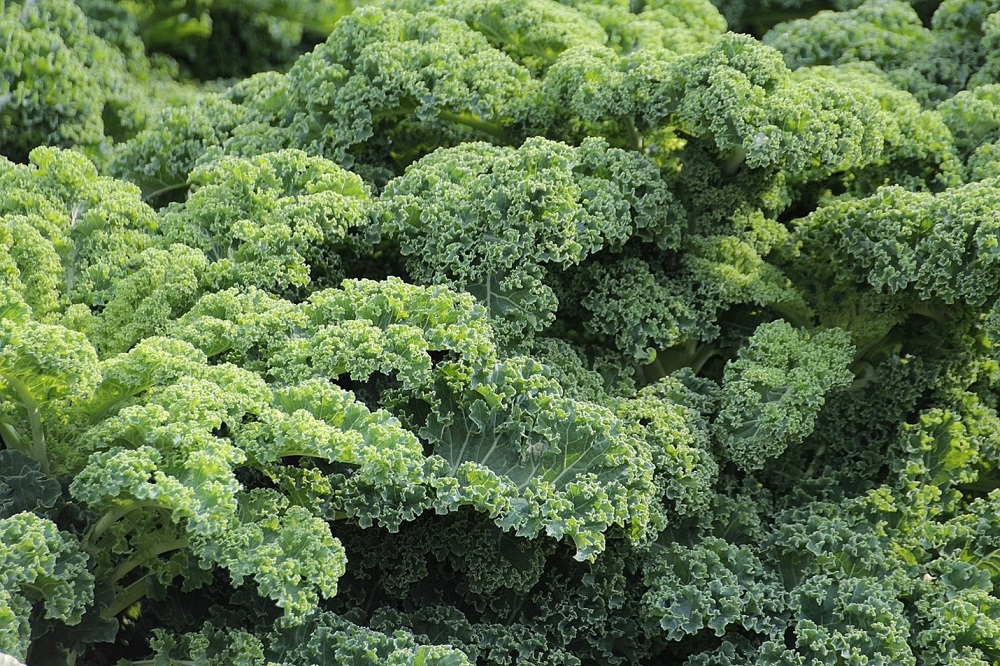
Image source: pixabay.com
Beets
Beets should be planted 6 to 8 weeks before the first frost date. Harvest in winter as young greens or allow to grow into tasty, vitamin-rich roots. In most areas, beets may be left in the ground throughout winter if they are mulched when the temperatures drop below freezing.
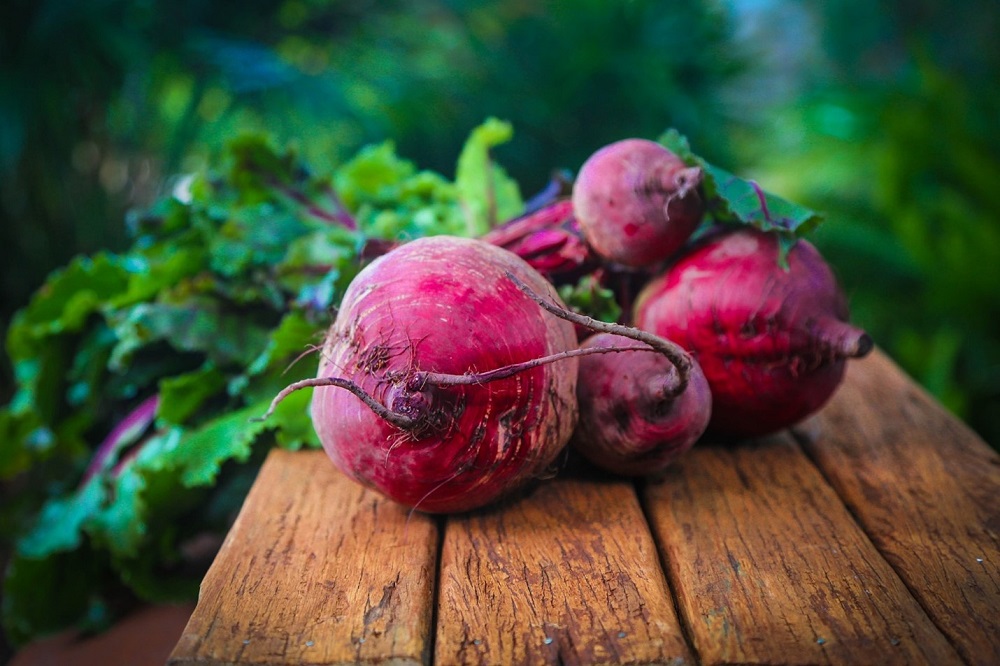
Image source: pixabay.com
Cabbage
Cabbage is generally cultivated for use as a vegetable, which is consumed after boiling or steaming. Some cultivars are cultivated for animal feed. Red cabbage is frequently pickled. Cabbage is also a vegetable crop which is harvested in winter or by end of winter.
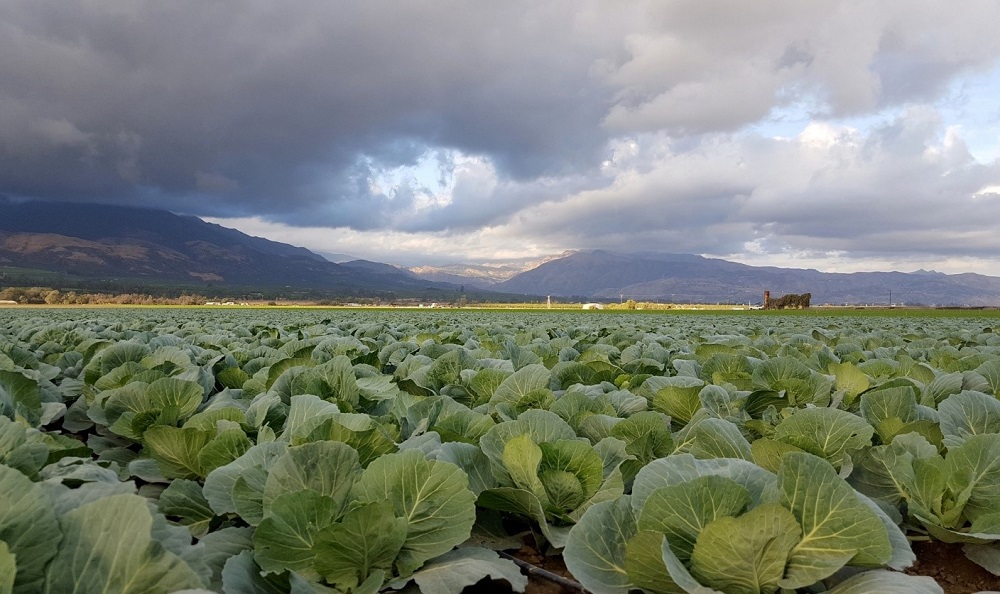
Image source: pixabay.com
Onions
Onions are another crop that will overwinter well if you select overwintering cultivars. The longer days will jumpstart their development in late winter, preparing them for a late spring harvest. Plant seedlings in your garden by late August, and shelter them with straw mulch or floating row covers if temperatures fall below – 10 degrees Fahrenheit (- 23 C).
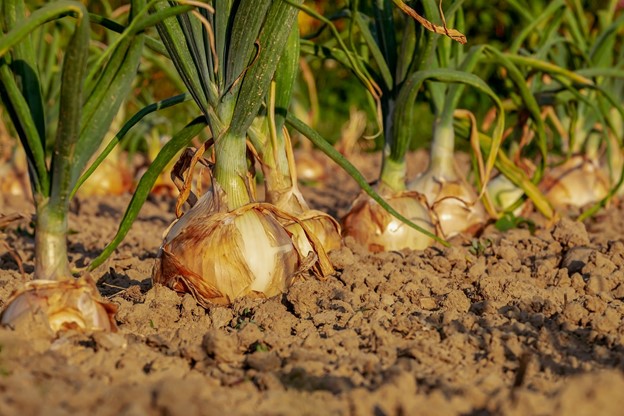
Image source: pixabay.com
Broad Beans
Slow growing but excellent, broad beans will thrive through the winter months if planted in the mid to late fall and staked in snowy locations.
Carrots
To harvest carrots in the winter, plant them in late July or early August and allow them to grow until they are large enough to consume. Keep in the garden over the fall and winter months, harvesting gradually enough to allow them to endure. Carrots don't grow much as the temperatures drop, but they keep well in the soil for many months. One of the nicest Christmas delights is a fresh carrot plucked in December. Carrots are provide a harvest in winter.
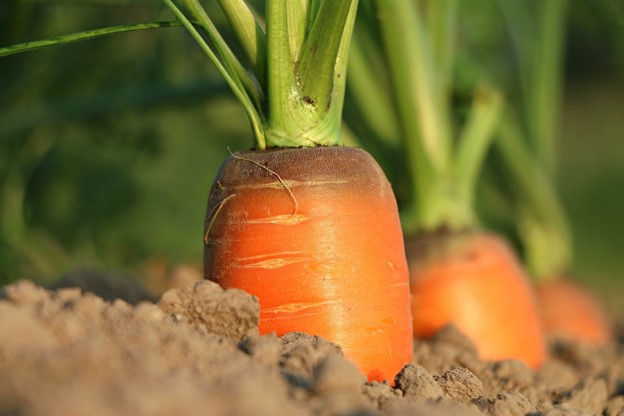
Image source: pixabay.com
Peas
Plant peas outside till mid-August to harvest in the fall. Peas will also overwinter and begin growing again in warmer places with sufficient care. The parsley pea, planted for its green tendrils to add to salads, is a favorite. Grow this pea variety to harvest in winter before the frost, or give protection to extend its yield into late winter.
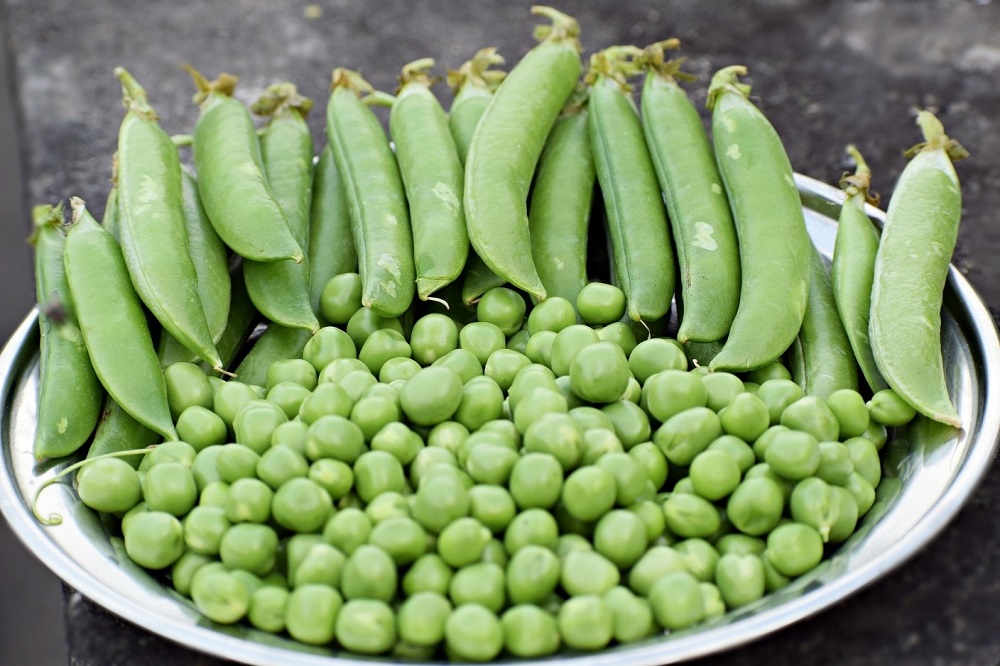
Image source: pixabay.com
